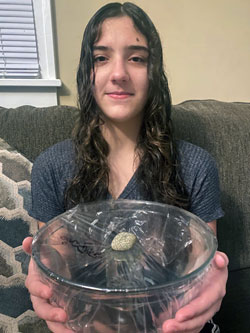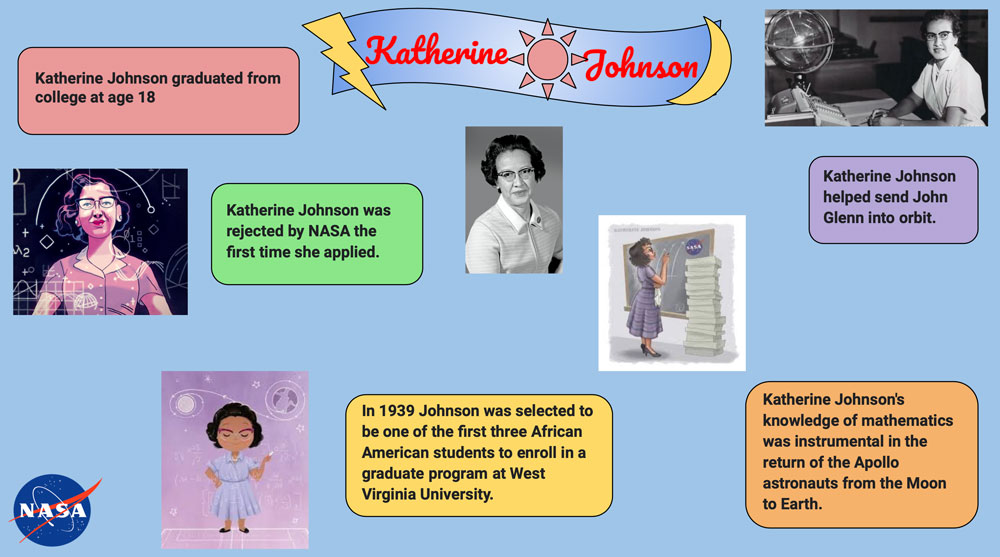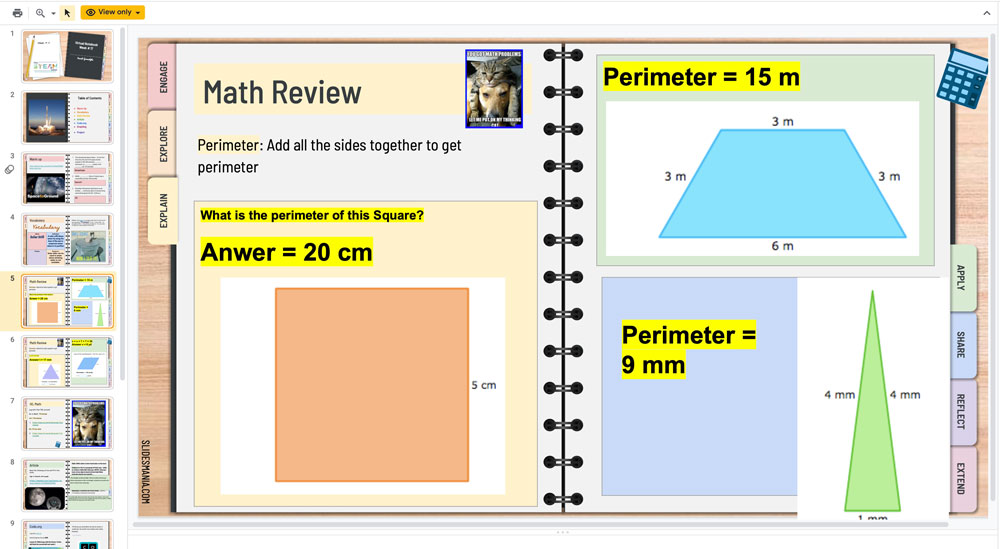Godfrey-Lee – If seventh-grader Sarah Groendyke ever led an expedition to the moon’s South Pole, she’d want to take a crew of people “who think differently and can help in any situation.”
“The reason I want them to have these personality traits is because these different things will be very helpful when exploring,” Sarah wrote in an essay. “Someone who is a quick thinker can help when we’re stuck on something and need a solution fast, and a leader who also listens will help keep the team working while being able to take constructive criticism.”
Sarah and 92 of her classmates at Lee Middle School sent their moon-related essays to NASA in December for its “Moon Pod” essay contest. The writing assignment was the final project in a monthslong study of space and the International Space Station for sixth- and seventh-grade STEAM students — science, technology, engineering, art and math.
As STEAM teacher Melissa Donovan explains, the class uses those five different disciplines to explore a subject in depth. Each week she gives students a virtual notebook containing assignments and other interactive materials including video clips and coding simulations. The week’s reading assignments, vocabulary lessons and math concepts all connect in some way to the larger subject they are learning about.
“We try to bring in all of those subjects in kind of a real-world way and tie them together,” Donovan said. “I think it gives students a way to excel, a way to shine, in each of those subjects. And the different topics make it interesting; it’s not just one thing all the time. Maybe they don’t like one part of the notebook, but everyone gets something – hopefully – that they like to do every week.”

Studying a Black Barrier-breaker
For the space unit, which began in November, Donovan began by looking at some of the math concepts needed to launch astronauts and rockets into space. That tied in with a lesson on Katherine Johnson, a Black mathematician who broke down race barriers at NASA and helped land its first astronauts on the moon. For one of their art projects, students created virtual posters about Johnson and her contributions to NASA.
Sarah, who likes math and art, particularly enjoyed the poster assignment on Johnson. But it wasn’t just the creative aspect of the project that stood out for her; she was also inspired by Johnson’s perseverance in breaking through both color and gender barriers.
“I thought she was inspiring as a woman in science, because she was an African American woman and there wasn’t many women or African American people working for NASA — and she was both,” said Sarah. “It doesn’t have to hold you back.”
Another project involved some at-home construction. After learning about the importance of fresh water to sustain life on the moon, students used their engineering skills to build a solar still. These devices can purify salty or dirty water by using the heat of the sun (or another source) to create condensation and collect clean water.
And Sarah can confirm that her solar still does, in fact, work – she tasted the water.
“I like doing science experiments and stuff like that, so it was fun to see if it actually worked,” she said. “I mixed the salt water in there and then later you could see in the cup, it’s actually clean water.”
‘Just Kind of Kept on Building’
The essay contest from NASA was a late addition to Donovan’s STEAM space unit, but the teacher felt it was too good an opportunity to pass up. The contest asked students to imagine that they were leading a one-week expedition to the moon: What kind of skills would they want to have in their “moon pod” crew? And what kind of technology or device would they want to leave on the moon to help future astronauts?
Every student nationwide who submitted an entry to NASA – including most of Donovan’s STEAM students – will be invited to a special virtual event with an astronaut. The winner of the contest, which will be announced in May, will win a trip to Kennedy Space Center to watch the first test launch of NASA’s Artemis rocket, which is planned to take the first woman and next man to the moon by 2024.
“I probably extended my space unit a little bit more than I was going to (by adding the essay project), but the students were really interested in it,” said Donovan. “It just kind of kept on building on itself, with interesting things that they can see are really working, like the solar stills. It’s been a fun unit for all of us to work on.”











